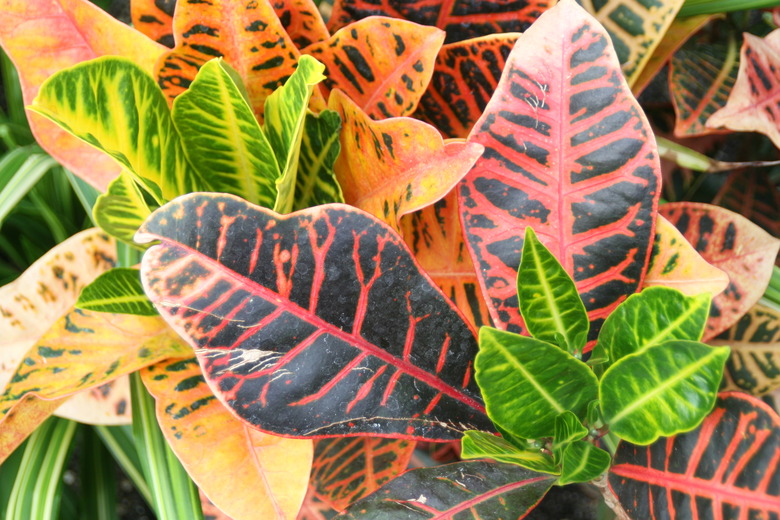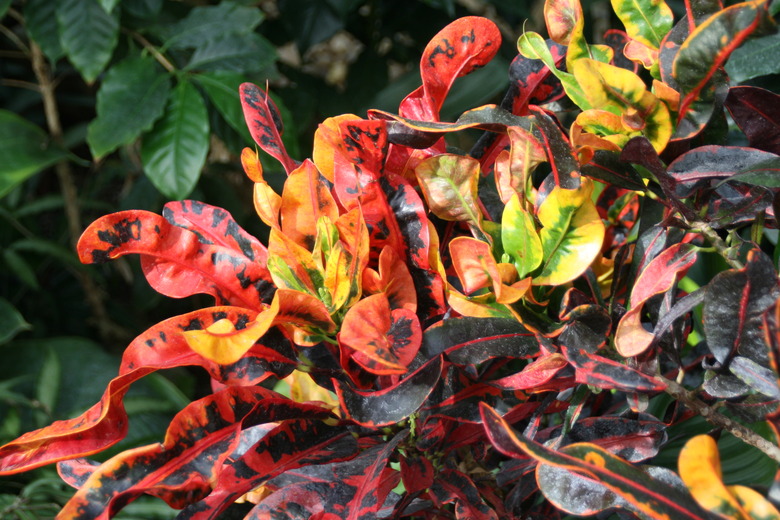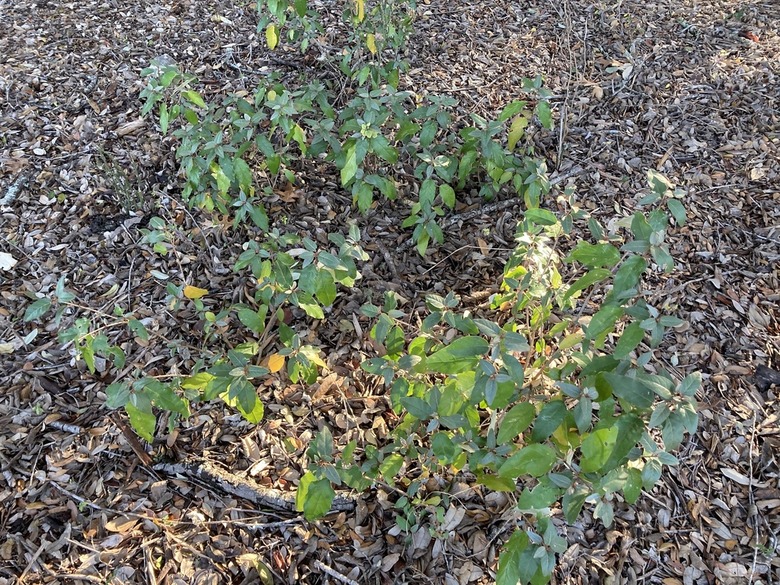Croton Plant Care In Texas
When people refer to a croton plant, they usually mean the popular houseplant or variegated croton, but if you garden in Texas, you may have the opportunity to grow Texas croton, also called Texabama croton. Both varieties of croton are part of the Euphorbiaceae plant family.
Variegated croton (Codiaeum variegatum var. pictum) grows outdoors only in USDA hardiness zones 11 and 12, so most people grow it as an indoor plant. The vibrant colors of its foliage make it an eye-catcher not only in the home or garden but also in professional flower arrangements, where it is commonly used to enhance almost any design.
On the other hand, Texas croton (Croton alabamensis var. texensis) is hardy in zones 6 to 9 and so is grown in the landscape, where it can thrive in a range of environments from partial shade to full sun.
Variegated Croton
Variegated croton, also known by another common name, "garden croton," loves heat. You can grow it outdoors only in the warmest of U.S. climates. It needs full sun, low humidity and relatively dry soil. In its native habitat in Malaysia and the southwestern Pacific, it is a large, woody evergreen shrub reaching up to 8 feet, but as a houseplant, it tops out at about 3 feet.
Several varieties of croton are prized as houseplants, including Mammy, Oakleaf and Petra.
Growing Croton Outdoors
When growing croton outdoors, prepare to protect the plants if an unseasonable frost or freeze is expected. For example, in the subtropical areas of South and Central Florida, if the temperature dips below 50°F, leaf drop may result.
To ensure colorful leaves, choose a well-draining location in full sun, although some varieties can handle partial sun; consult your local garden center if you are unsure. Plant croton from 2 to 3 feet apart and maintain regular watering, but take care to avoid overwatering. If you note new leaves wilting, that's a cue that the plant needs water.
Tip
When grown as houseplants, crotons can become dusty, which might encourage spider mites. Take the plants outside and wash them off and then bring them back in.
Growing Croton as a Houseplant
Crotons require well-draining soil, so choose a pot with good drainage holes and high-quality potting soil. Find an indoor location with bright light, although crotons can maintain full color in somewhat low light after they acclimate to indoor conditions. Maintain an even, moist soil but don't overwater.
When grown as houseplants, crotons can become dusty, which might encourage spider mites. Take the plants outside and wash them off and then bring them back in. They can also develop mealybugs, scales, mites, thrips and fungal diseases. Observe your plant regularly for any infestations or leaf drop.
During the winter months, decrease watering.
Texas Croton
Texas croton, also called Texabama croton, was initially thought to be native only to Alabama and Tennessee, but when it was found in Texas in 1989, the Texas variety (var. texensis) was nicknamed Texabama croton. This croton is a semi-evergreen or deciduous shrub growing from 2 to 10 feet high.
The leaves appear silvery on their undersides, while the top surface is dark or olive green. In fall, deciduous shrubs flush red or orange before the leaves fall.
Texas croton prefers well-draining soil on the alkaline side, so if a soil test results in an acidic pH, amend the soil with lime. The University of Michigan reports that Texas croton is a rare plant species that is actively protected where it naturally occurs, which is in Coryell and Bell counties and the Balcones Canyonlands National Wildlife Refuge and the Pace Bend County Park in Travis County.
If you can find this shrub for sale, find a partial to full-shade location where the soil is well draining with a pH of 6.0 to 8.0. Plant shrubs 6 to 12 feet apart.
The plant needs little maintenance, but protect it from other shrubs that might encroach on it and steal soil nutrients or affect air circulation.
References
- Texas A&M AgriLife Extension: Texabama Croton, Alabama Croton
- North Carolina State Extension: Codiaeum Variegatum var. Pictum
- University of Florida IFAS Extension: Crotons
- University of Michigan: Blackwell Publishing Ltd Phylogeny and biogeography of Croton alabamensis
- North Carolina State Extension: Croton alabamensis
- University of Wisconsin Horticulture: Croton, Codiaeum variegatum


